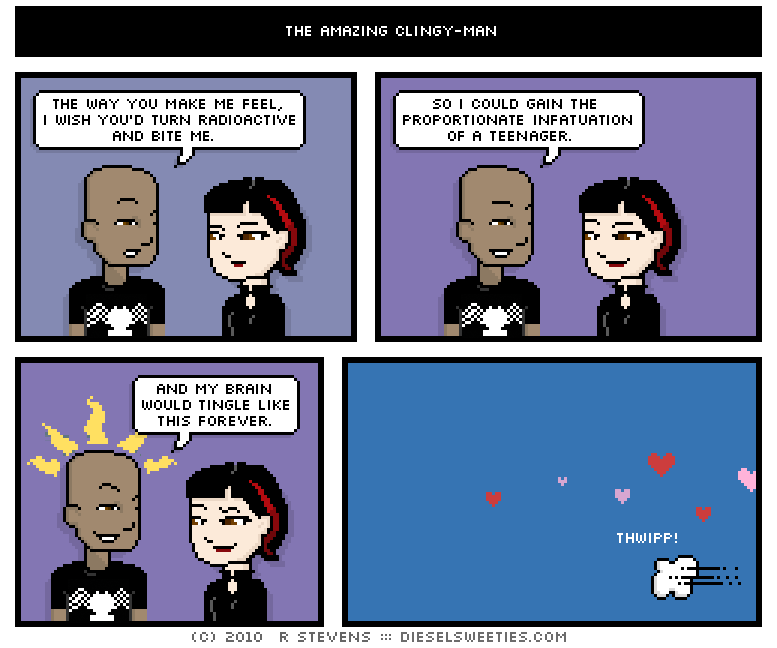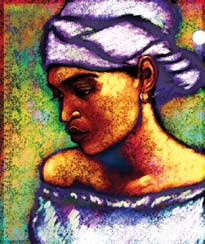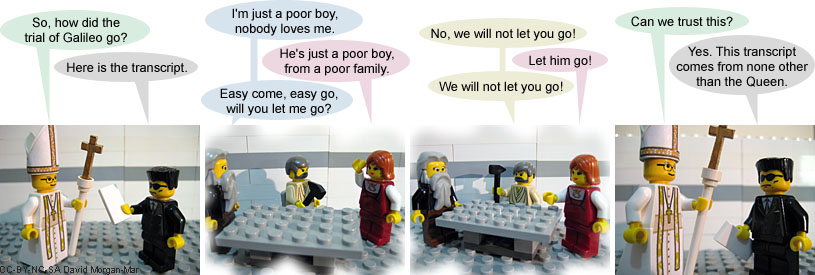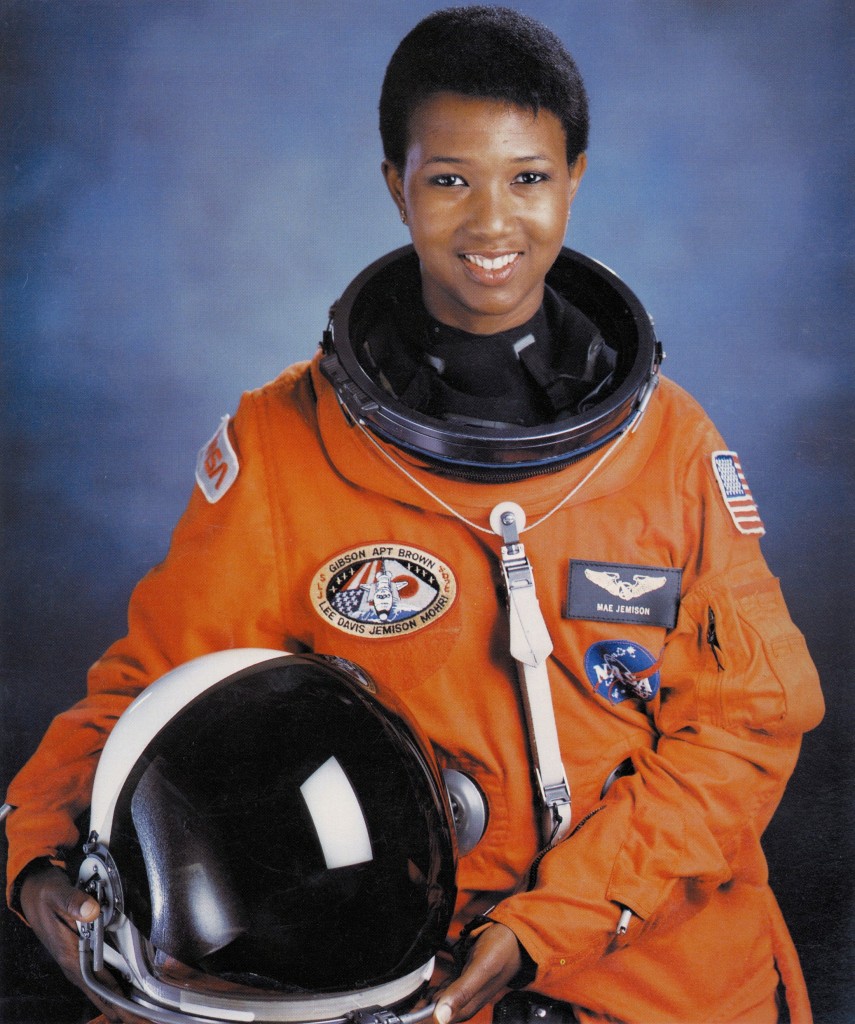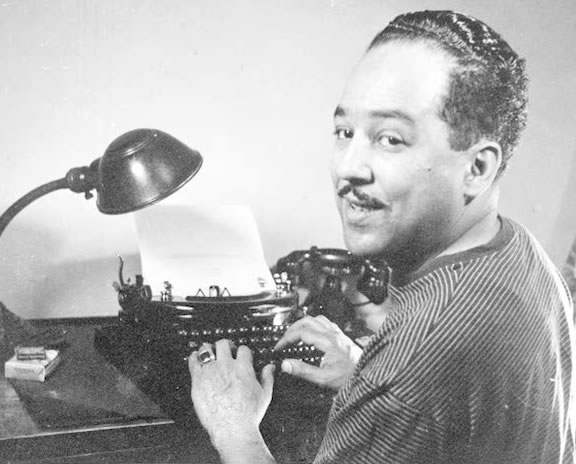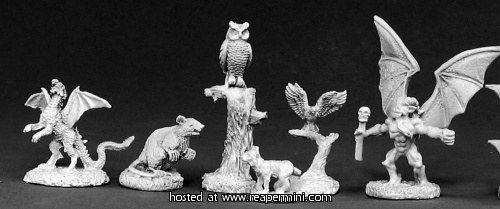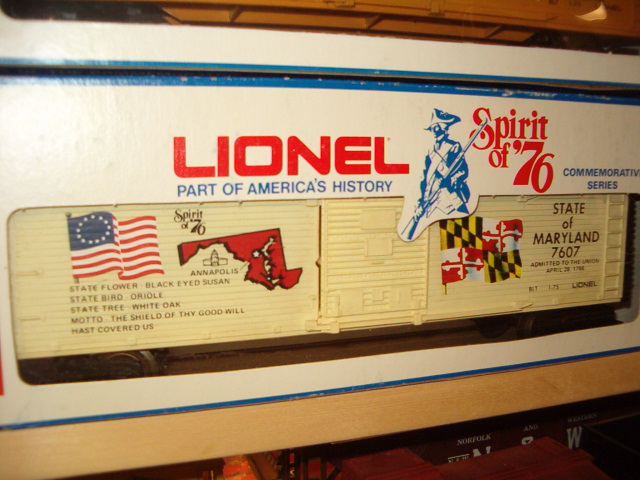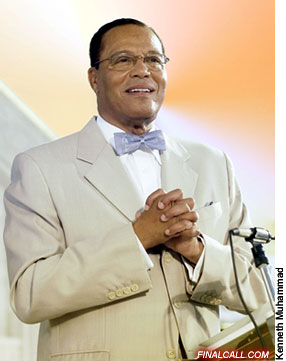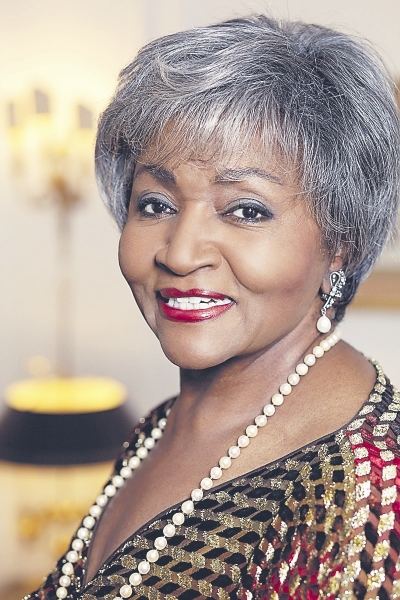Rainy Saturday in the valley
arts and leisure, everyday glory, family and friends, food for thought, games, movies and TV, news and info, The Covet List No Comments »Saturday – 13 February 2010
Saturday. Thank Heaven.
This morning, I’m heading off to run another tournament in a bit. But, first… coffee with Chris and Perry.
Chew on This: Food for Thought – Black History Month
Today’s spotlighted person is: Hattie McDaniel

Hattie McDaniel was born June 10, 1895, in Wichita, Kansas, to former slaves. She was the youngest of 13 children. In 1900, the family moved to Colorado, living first in Fort Collins and then in Denver, where Hattie grew up and graduated from Denver East High School.
In addition to performing, Hattie was also a songwriter, a skill she honed while working with her father’s minstrel show. After the death of her brother Otis in 1916, the troupe began to lose money, and it wasn’t until 1920 that Hattie received another big opportunity. During 1920–25, she appeared with Professor George Morrison’s Melony Hounds, a touring black ensemble, and in the mid-1920s she embarked on a radio career, singing with the Melony Hounds on station KOA in Denver. In 1927–1929 she also recorded many of her songs on Okeh Records and Paramount Records in Chicago.
Two years after McDaniel’s film debut in 1932, she landed her first major part in John Ford’s Judge Priest (1934), in which she had an opportunity to sing a duet with humorist Will Rogers. Her role as a happy Southern servant in The Little Colonel (1935) made her a controversial figure in the liberal black community, which sought to end Hollywood’s stereotyping. When criticized for taking such roles, McDaniel responded that she would rather play a maid in the movies than be one in real life; and during the 1930s she played the role of maid or cook in nearly 40 films, including Alice Adams (1935), in which her comic characterization of a grumbling, far-from-submissive maid made the dinner party scene one of the best remembered from the film. She is probably most often associated with the supporting role of Mammy in the 1939 film Gone with the Wind, a role for which she became the first African American to win an Academy Award.
It was her role as the sassy servant who repeatedly scolds her mistress, Scarlett O’Hara (Vivien Leigh), and scoffs at Rhett Butler (Clark Gable), that won McDaniel the 1940 Academy Award for Best Supporting Actress, making her the first African American to win an Oscar. She was also the first African American ever to be nominated. “I loved Mammy,” McDaniel said. “I think I understood her because my own grandmother worked on a plantation not unlike Tara.” Her role in Gone with the Wind had scared some in the Southern audience; there were complaints that in the film she had been too familiar with her white employer.
At the end of World War II, during which McDaniel organized entertainment for black troops, the NAACP (National Association for the Advancement of Colored People) and other liberal black groups lobbied Hollywood for an end to the stereotyped roles in which McDaniel had become typecast, and consequently her Hollywood opportunities declined. Radio, however, was slower to respond, and in 1947 she became the first African American to star in a weekly radio program aimed at a general audience when she agreed to play the role of a maid on The Beulah Show. In 1951, while filming the first six segments of a television version of the popular show, she had a heart attack. She recovered sufficiently to tape a number of radio shows in 1952 but died soon thereafter of breast cancer.
McDaniel has two stars on the Hollywood Walk of Fame in Hollywood: one for her contributions to radio at 6933 Hollywood Boulevard, and one for motion pictures at 1719 Vine Street. In 1975, she was inducted into the Black Filmmakers Hall of Fame and in 2006 became the first black Oscar winner honored with a US postage stamp.
Stray Toasters
- WizKids is doing a Watchmen HeroClix set this summer. Yep… that’s on The Covet List.
- Tuskegee airmen to be buried at Arlington
I may do more later. Right now, I’ve got to get ready to get my game on!
Namaste.



